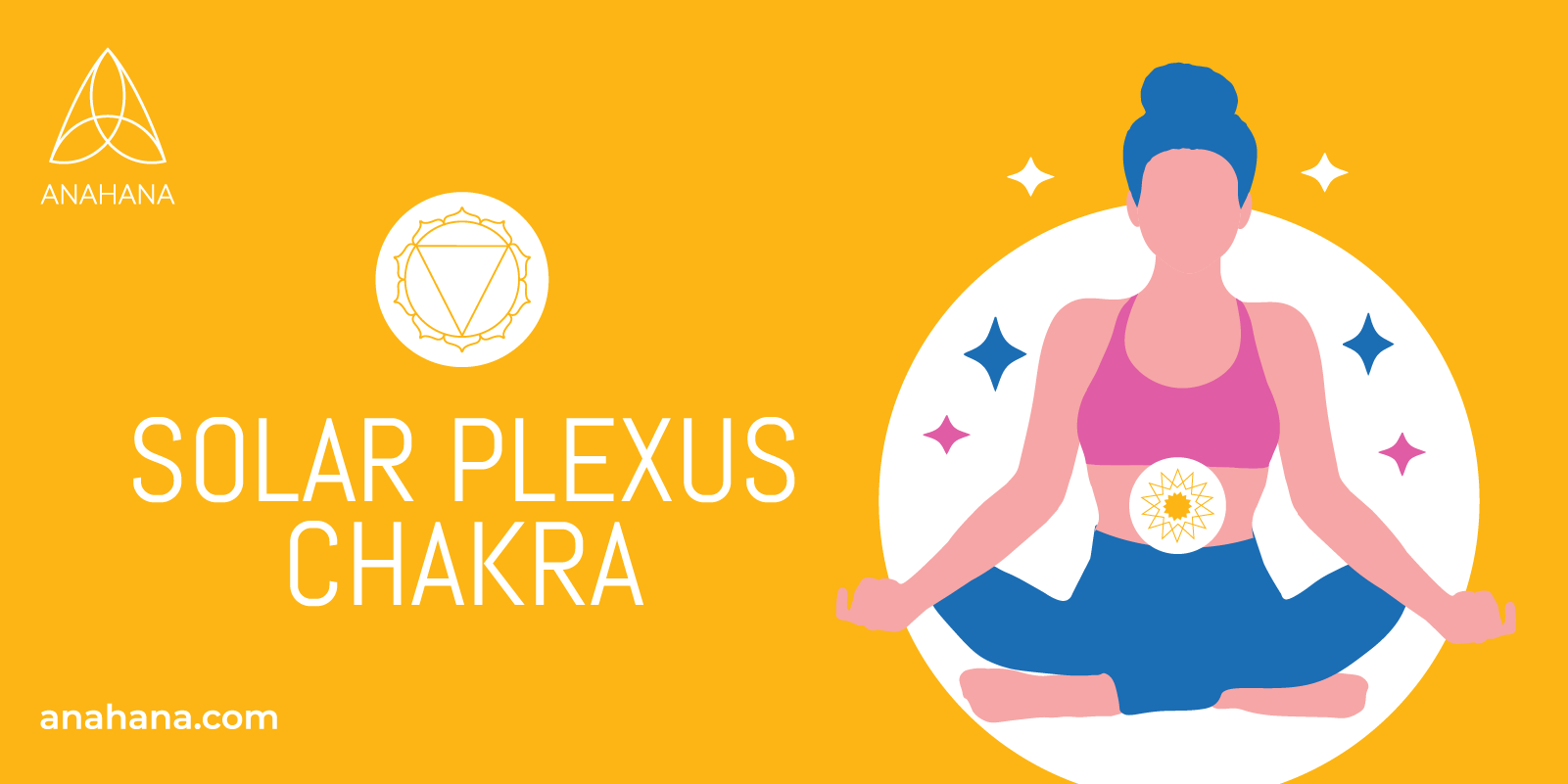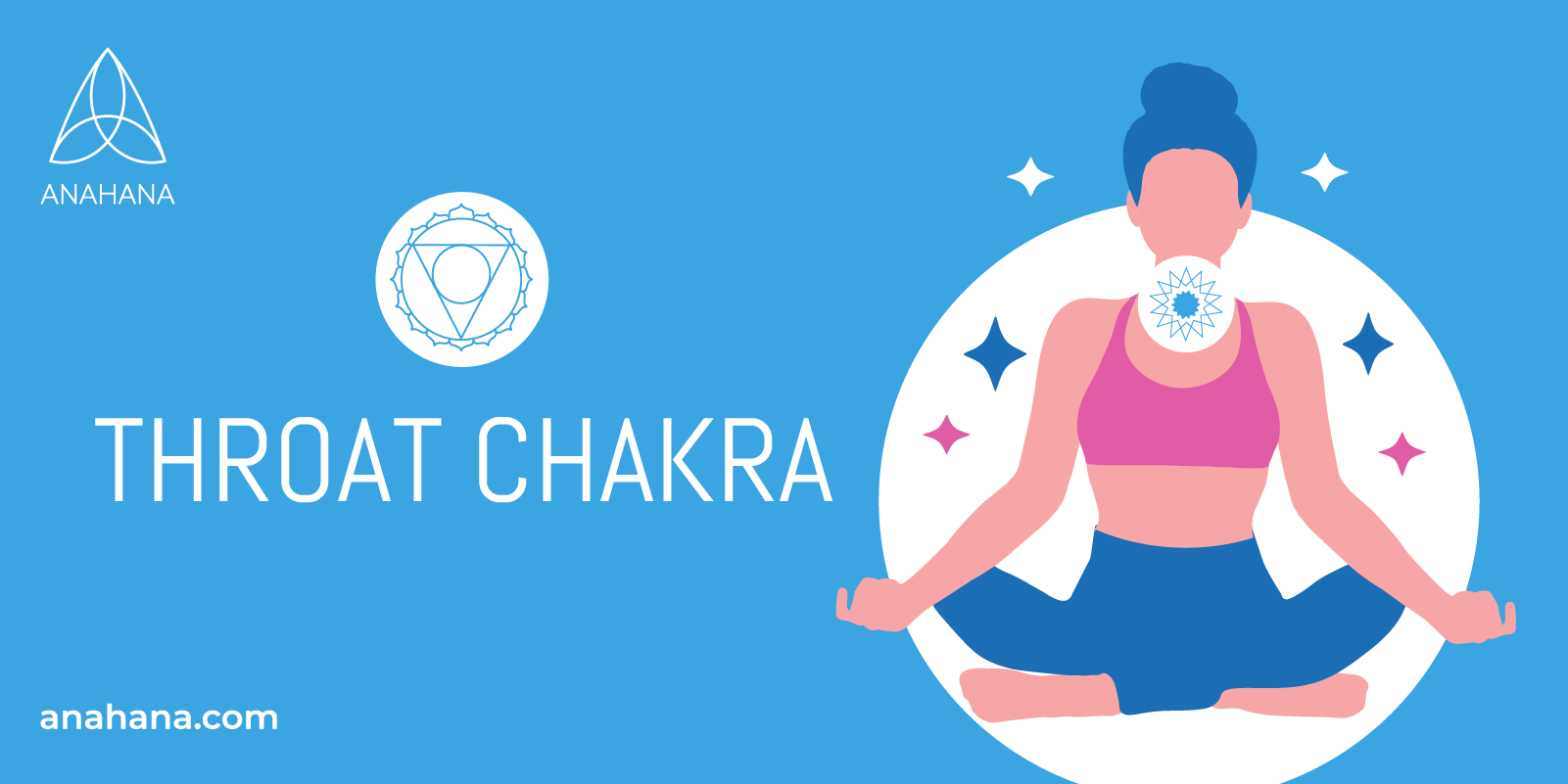
Table of Contents
Have you ever found yourself in a yoga class, a peaceful meditation session, or perhaps even lying down during a sound healing session, and heard the term "chakras"?
Maybe your instructor mentioned the Third Eye Chakra, nestled between your eyebrows, hinting at its role in unlocking intuition and the inner light that guides us. But let's be real—what exactly are chakras, and why do they matter in our day-to-day hustle?
What are Chakras?
"The chakras are wheels of energy in the body, spinning rapidly and creating a vortex of energy," – Caroline Myss
The concept of chakras has its roots deeply embedded in ancient Indian philosophy and is a critical element of both Hinduism and Buddhism.
The word "chakra" itself comes from the Sanskrit term for "wheel" or "disk," signifying these centers as spinning wheels of energy within the human body. These energy centers are believed to be aligned along the spine, starting from the base and moving up to the crown of the head, each chakra radiating a specific color and energy that governs various physical, emotional, and spiritual aspects of our being.
The earliest mentions of chakras are found in the Vedas, ancient sacred texts of spiritual knowledge that date back to 1500-500 BC. However, the most detailed descriptions come from later texts, such as the Upanishads (circa 600-300 BC), which expand on the concept of chakras in the context of meditative practices and spiritual enlightenment.
The Yoga Sutras of Patanjali, another foundational text dating back to the 2nd century BC, also references these energy points, although not as explicitly as in tantric texts, which offer more detailed descriptions of the chakras and their functions.
In these traditions, chakras are seen as interconnected energy centers that influence various aspects of our physical and mental well-being. They are thought to be the meeting points of non-physical energy channels, known as nadis, through which the vital life force (prana) moves. The functioning of the chakras is essential for maintaining the balance of this life force, which is key to physical health, emotional stability, and spiritual growth.
The chakra system was introduced to the Western world in the early 20th century through the works of scholars and spiritual teachers who translated and interpreted the ancient texts. Since then, the concept of chakras has been integrated into many new age and holistic health practices, gaining popularity as a tool for healing and personal development.
Despite variations in interpretation and application, the core understanding of chakras as vital energy centers within the body remains a significant aspect of both traditional and contemporary spiritual practice.
Seven Chakras in the Body
There are seven main chakras in the body, each responsible for specific aspects of our physical, emotional, and spiritual well-being.
Starting from the base of the spine and ascending to the crown of the head, these chakras each have their unique vibrational frequency and chakra color, as well as chakra symbol, governing different areas of our lives and health.
By understanding and balancing these chakras, we can unlock a harmonious flow of life energy that enhances our health, emotional stability, and spiritual clarity.
Root Chakra or Muladhara
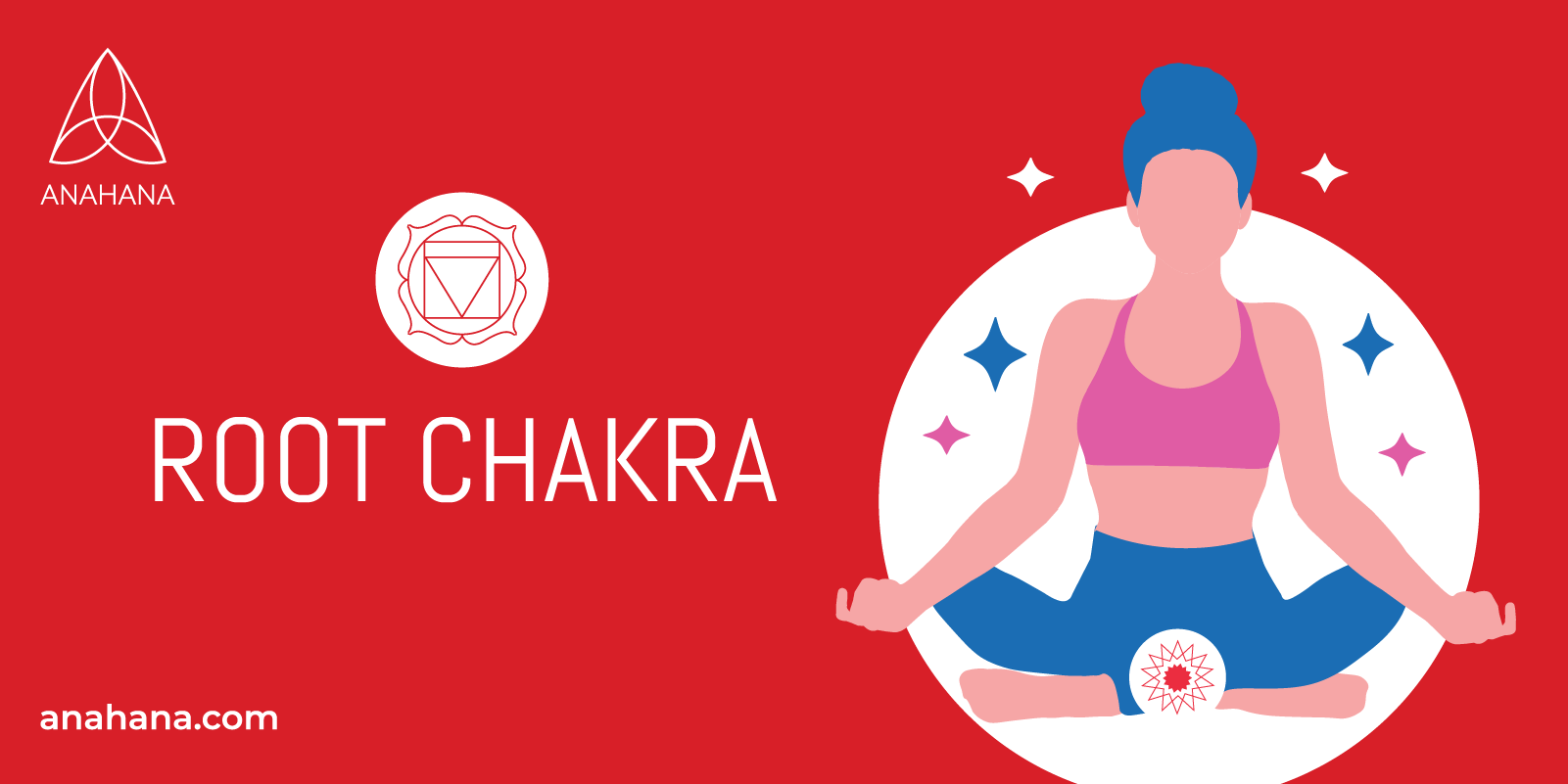
The Root Chakra is the chakra of security, stability, and our basic needs. It works to make us feel grounded emotionally and physically. Signs of a blocked Root Chakra can come up as anxiety, insecurity. In the physical body, it can manifest as issues with legs. Aligning the Muladhara Chakra reduces arthritis, constipation, and bladder and colon problems and improves emotional well-being.
-
Location: Base of spine, in tailbone area
-
Governs: Basic needs, stability, security
-
Bija Mantra: "LAM"
-
Root Affirmation: "I am safe, I am grounded."
-
Color: Red
-
Element: Earth
-
Stone: Red Jasper
Sacral Chakra or Swadhisthana
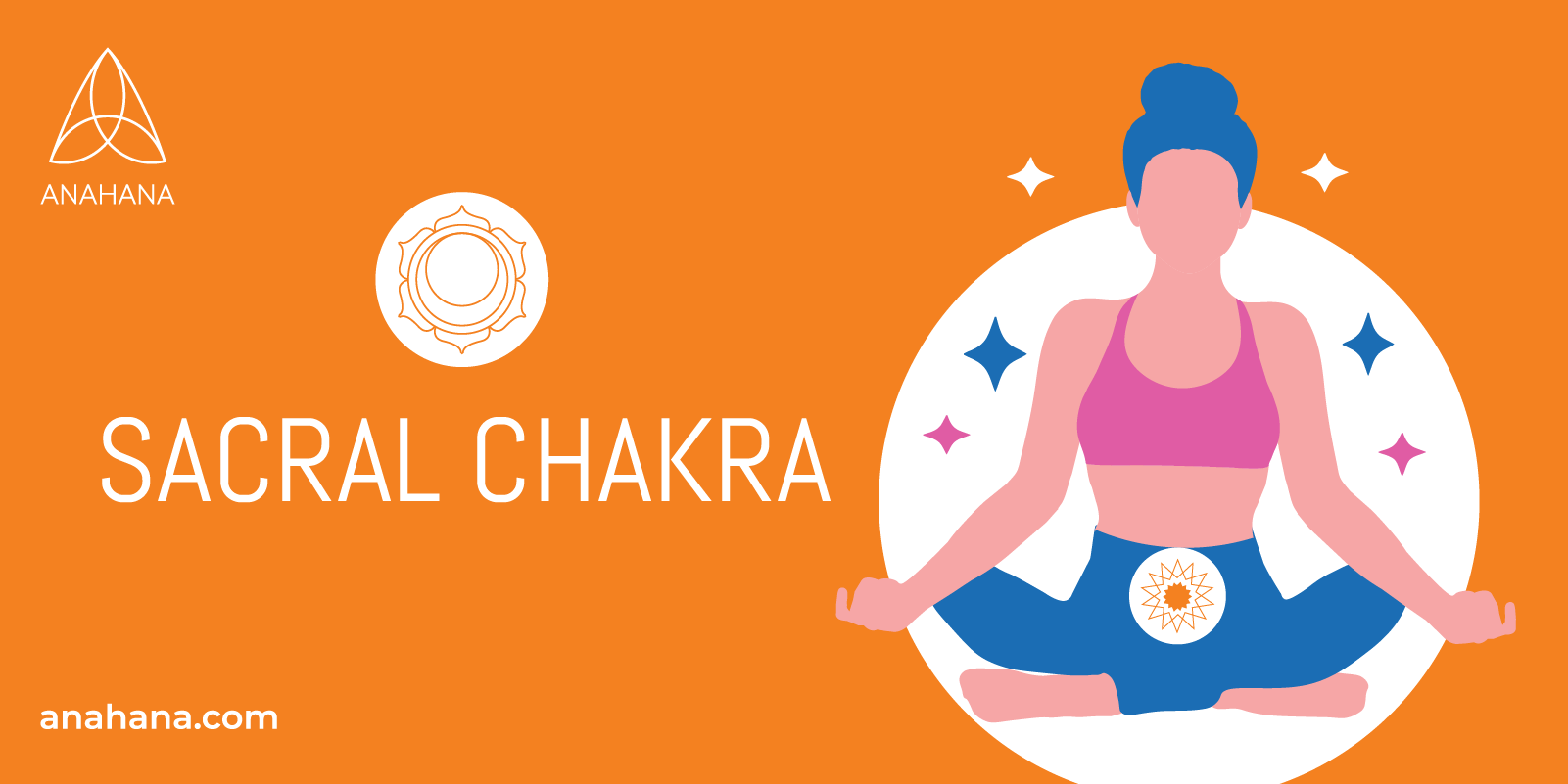
Aligning the Swadhisthana reduces risks associated with organs, lower back pain, and impotence. Additionally, it supports self-worth and confidence surrounding creativity, sexuality, and pleasure. Healing the Sacral Chakra will support sexual energy and healthy sexual organs.
-
Location: Below the belly button, lower abdomen
-
Governs: Creativity, sexuality, pleasure
-
Bija Mantra: "VAM"
-
Sacral Affirmation: "I am creative, I am joyful."
-
Color: Orange
-
Element: Water
-
Stone: Carnelian
Solar Plexus Chakra is the third chakra, often referred to as the navel chakra, manifests personal power, helping heal low self-esteem and increase confidence. Blocked Solar Plexus Chakra can feel like powerlessness, digestive problems, heartburn and anger.
-
Location: Above the navel, stomach area
-
Governs: Self-esteem, power, confidence
-
Bija Mantra: "RAM"
-
Solar Plexus Affirmation: "I am strong, I am confident."
-
Color: Yellow
-
Element: Fire
-
Stone: Tiger's Eye
Heart Chakra or Anahata
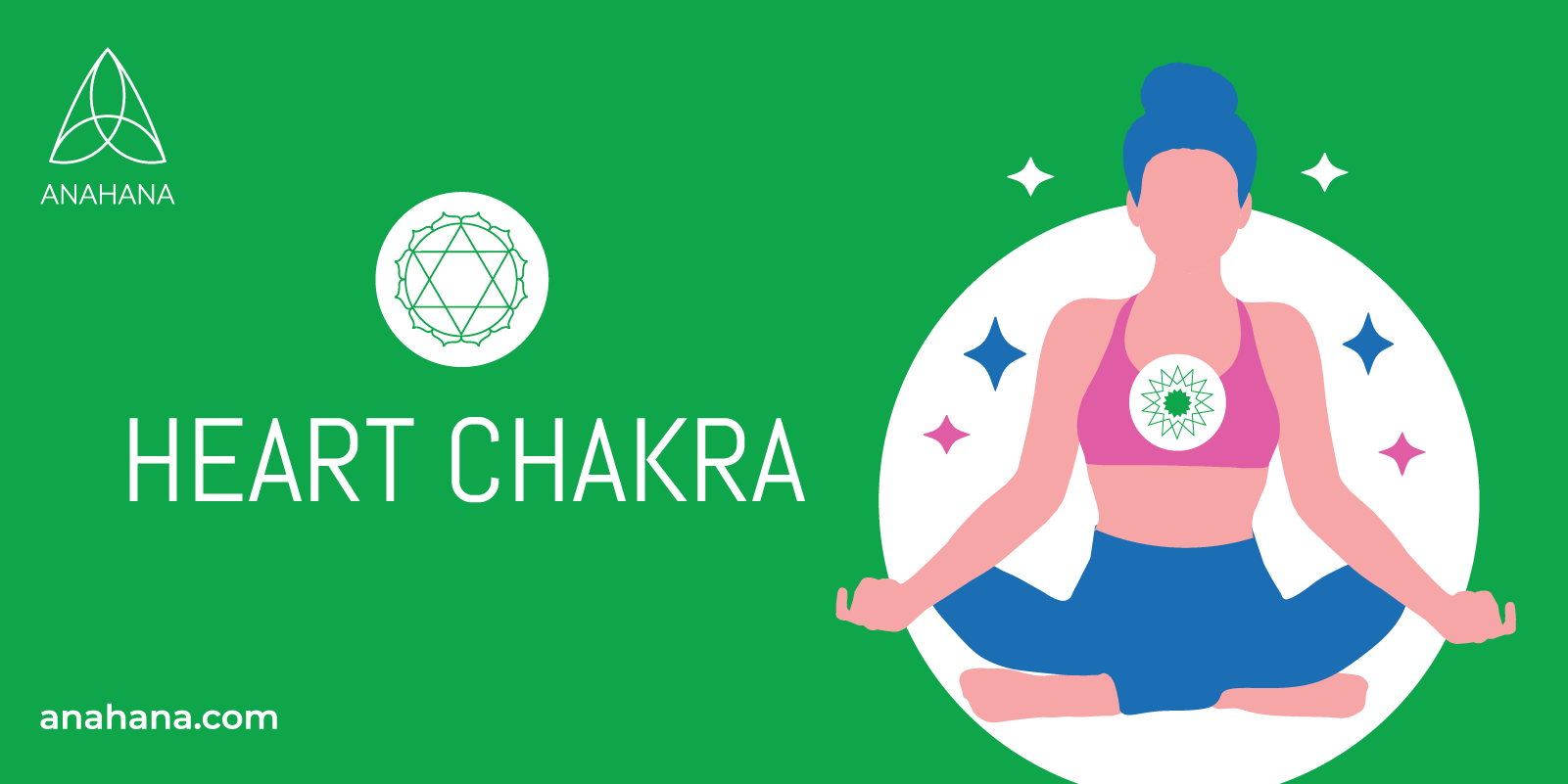
This is the middle chakra; therefore, it bridges the energy flow in the upper and lower chakras gap. Physically, blocks in the Heart Chakra can cause physical or emotional symptoms. Physical issues include asthma, weight problems, and heart issues. Emotionally, people with blocked Heart Chakra may feel lonely and insecure, which causes people to put others before themselves.
-
Location: Center of chest, just above the heart
-
Governs: Love, compassion, acceptance
-
Bija Mantra: "YAM"
-
Heart Affirmation: "I am love, I am peace."
-
Color: Green
-
Element: Air
-
Stone: Rose Quartz
The fifth chakra connects to verbal communication. Blocked Throat Chakra would manifest as issues in the mouth region, including the teeth and gums. When the Throat Chakra is not aligned, it can result in gossiping, speaking without thinking, and issues communicating your thoughts. However, when aligned, you can talk and listen with compassion and confidence as you are true to yourself.
-
Location: Throat
-
Governs: Communication, truth, expression
-
Bija Mantra: "HAM"
-
Throat Affirmation: "I am expressive, I am truthful."
-
Color: Blue
-
Element: Ether (Sky or Space)
-
Stone: Aquamarine
Third Eye Chakra or Ajna
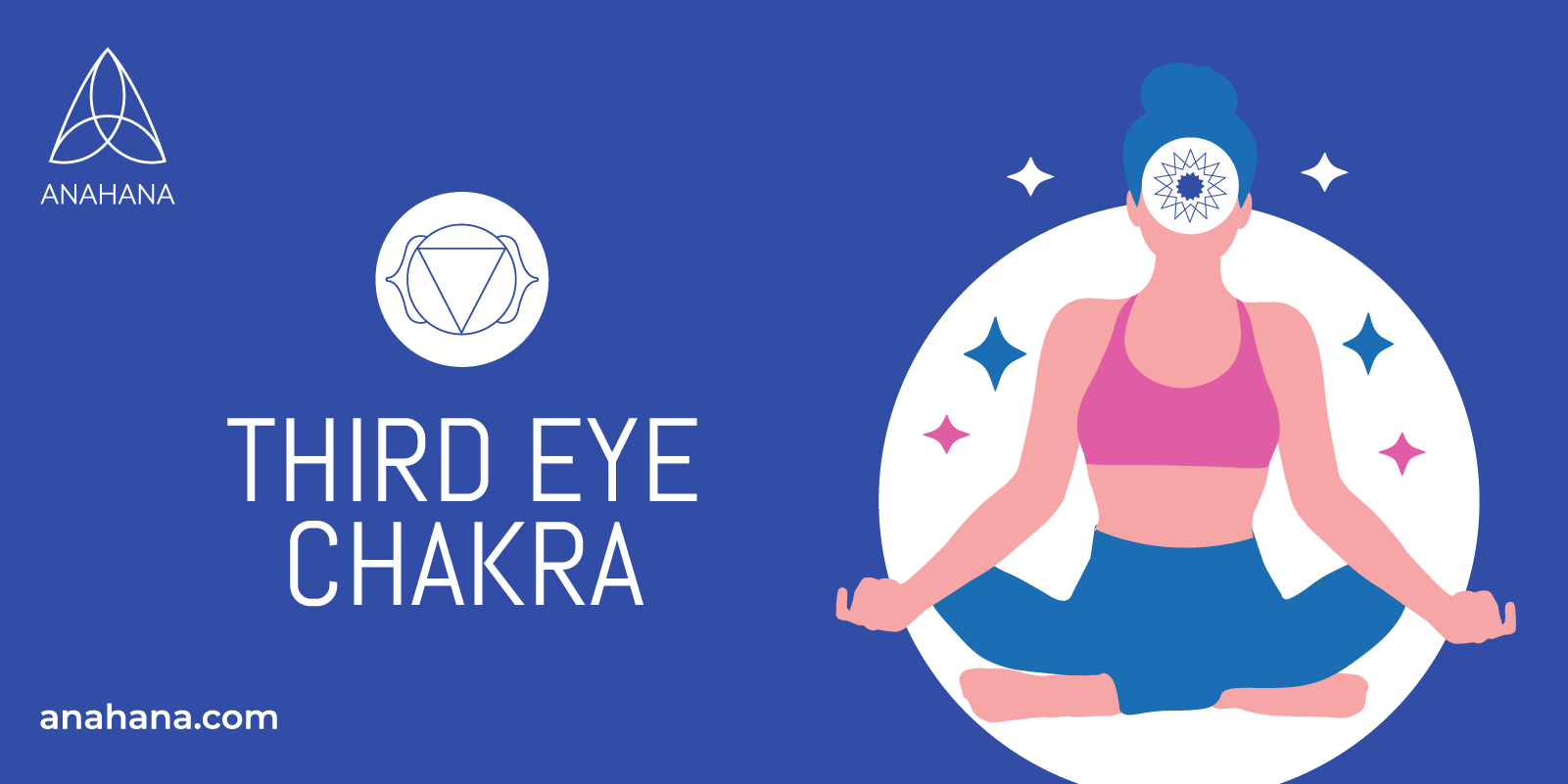
Blockages in the Ajna Chakra can cause headaches, blurry vision, hearing problems, and concentration issues. To align the sixth chakra, you must be in touch with reality and touch with their tuition. The results will allow people to see the big picture and follow their intuition.
-
Location: Forehead, between the eyes
-
Governs: Intuition, imagination, wisdom
-
Bija Mantra: "OM"
-
Third Eye Affirmation: "I am intuitive, I am insightful."
-
Color: Indigo
-
Element: Light
-
Stone: Amethyst
Crown Chakra or Sahasrara
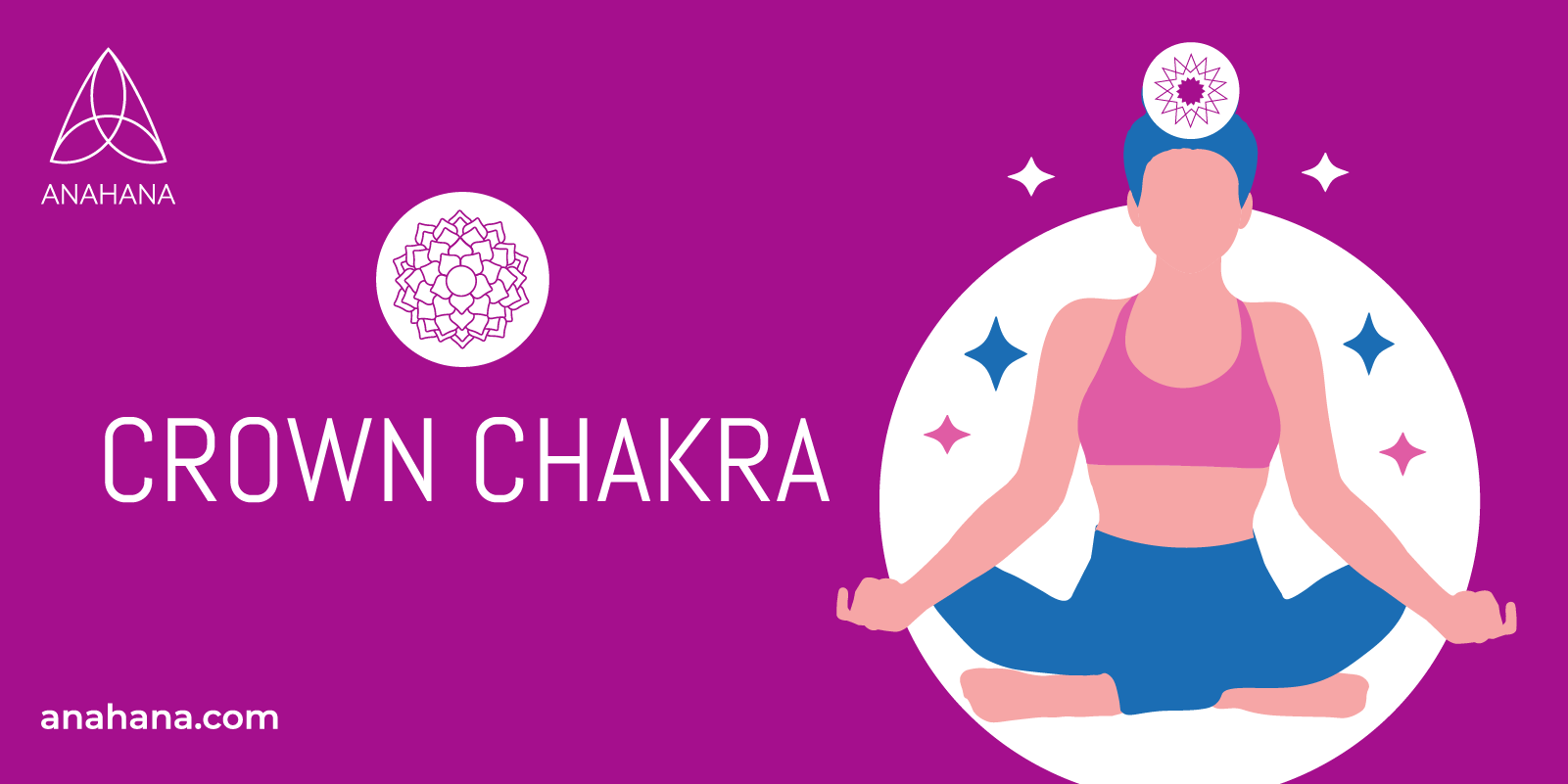
The final chakra is seen as the chakra of enlightenment, representing our life’s purpose and spiritual connection. It links to the other six chakras; therefore, it can affect all organs mentioned and the brain and central nervous system. Aligning the Crown Chakra keeps all chakras open for bliss and enlightenment and avoids traits including stubbornness, skepticism, and narrow-mindedness.
-
Location: Top of the head
-
Governs: Spirituality, consciousness, connection to the divine
-
Bija Mantra: Silence or "OM"
-
Crown Affirmation: "I am divine, I am connected."
-
Color: Violet or White
-
Element: Thought or Cosmic Energy
-
Stone: Clear Quartz or Selenite
Why Do Chakras Get Blocked?
Blockages in chakras can be caused by a combination of physical, emotional, and spiritual factors, including stress, unhealthy habits, emotional trauma, and neglecting one's spiritual needs. By understanding the specific issues that can lead to blockages in each chakra, you can take steps towards healing and balance.
-
Root Chakra blockages often stem from issues of survival, security, and basic needs not being met. Fear, anxiety, and unresolved trauma can lead to a feeling of being ungrounded.
-
Sacral Chakra can become blocked through unaddressed emotions, creativity suppression, or unhealthy relationships, affecting one's ability to experience pleasure and express emotions healthily.
-
Solar Plexus Chakra blockages may arise from power struggles, low self-esteem, and the inability to assert oneself, leading to feelings of powerlessness and lack of control.
-
Heart Chakra can get blocked due to emotional pain, loss, rejection, or betrayal, impacting one's ability to give and receive love freely.
-
Throat Chakra blockages are often related to communication issues, fear of speaking out, or not feeling heard, affecting one's ability to express truthfully.
-
Third Eye Chakra may become blocked by closed-mindedness, detachment from intuition, or an over-reliance on rational thought, hindering insight and intuition.
-
Crown Chakra blockages can occur when one is disconnected from spirituality, overly materialistic, or lacking purpose, affecting one's connection to higher states of consciousness.
How to Balance Your Chakras
It is possible to unblock chakras through certain practices, from chakra meditation and breathing exercises to yoga poses that target specific energy center in the physical body. Here are the top techniques that can foster chakra healing:
-
Practice visualization: Visualizing healing energy pouring through the body along the spine will help restore balance in the body. You may feel specific body parts getting warm, tingling, or experiencing pressure. Additionally, you may see colors. Those are indicators that the energy is shifting and releasing, helping balance the chakras.
-
Color therapy: Let your mind guide which colors you wear, depending on what resonates with you. This will help you choose colors that match your frequency. For example, your Root chakra may be out of line if you are not feeling secure. This may be a time to wear red, helping you filter the color needed to help balance the energy center.
-
Mudras: Mudras are used in yoga class to cultivate awareness of energetic fields in the body, making them effective in opening up our seven primary chakras. The word “mudra” translates to “gesture.” There are hundreds of mudras you can use, each with a unique symbolism and placement of the palms and fingertips.
-
Chakra meditation: Chakra meditation, when combined with the practice of chanting Bija mantras, offers a powerful method to harmonize and energize the body's seven main chakras. This meditative practice involves focusing on each chakra's location in the body while chanting its unique sound wave.
Frequently Asked Questions About Chakras
Can you physically feel your chakras?
Yes, it's possible to physically feel your chakras, especially when there's an imbalance, such as a blocked Sacral Chakra, which might manifest as a sensation of tightness or discomfort in the lower abdomen.
Sensations can vary widely, from tingling or warmth in a particular chakra region to physical pain or pressure when there's too much energy or a blockage.
These feelings are signals from your body, indicating imbalances in the energy flow throughout the body that may need attention.
Are there any specific foods or diets that can help balance the chakras?
Certain foods and diets can indeed help balance the chakras, with each chakra benefiting from specific nutrients that resonate with its energy.
For example, root vegetables and protein-rich foods can ground and stabilize the Root Chakra, while fruits and vegetables that are rich in antioxidants can support a blocked crown chakra by enhancing clarity and spiritual connection.
Incorporating a variety of colors and nutrients in your diet can promote a balanced flow of energy throughout the body, aiding in overall chakra health.
How does the alignment of chakras influence mental and emotional health?
The alignment of chakras plays a crucial role in mental and emotional health, as each chakra governs different aspects of our psychological and emotional well-being. When chakras are balanced and energy flows freely, it fosters a sense of peace, well-being, and emotional stability.
Conversely, imbalances such as a blocked Sacral Chakra can lead to emotional disturbances, creativity blocks, and relationship issues, while a blocked Crown Chakra might result in feelings of disconnection or existential distress, highlighting the interconnectedness of chakra health and mental-emotional balance.
How do crystals and gemstones work in chakra healing?
Crystals and gemstones are believed to carry specific vibrational energies that can interact with the human energy field, making them powerful tools in energy healing practices for chakra balancing. By placing a crystal or gemstone associated with a particular chakra on or near that chakra's location, it's thought that the stone's frequency can help to clear blockages, amplify energy, or bring balance.
For instance, using amethyst for the Third Eye Chakra can enhance intuition and spiritual awareness, while rose quartz can open and heal the Heart Chakra, demonstrating how different stones target specific chakra-related issues.
References
The Chakra System as a Bio-Socio-Psycho-Spiritual Model of Consciousness
The Chakra System and Psychotherapy
The effect of chakra meditation on heart chakra
Improving quality of life using compound mind-body therapies
Disclaimer
The contents of this article are provided for informational purposes only and are not intended to substitute for professional medical advice, diagnosis, or treatment. It is always recommended to consult with a qualified healthcare provider before making any health-related changes or if you have any questions or concerns about your health. Anahana is not liable for any errors, omissions, or consequences that may occur from using the information provided.

By: Meriah McCauley
Meriah McCauley is a leading voice in holistic healing, known across North America for her expertise in chakra balancing, spiritual alignment, and energy-based wellness. Her work bridges the art and science of mind-body healing, shaped through years of study, practice, and mentorship. Meriah deepened her understanding of spiritual anatomy and the chakra system under the guidance of her guru, Dr. Don Stapleton, during her immersive training in Costa Rica. She later earned her Master’s degree in Psychology from Columbia University, specializing in Spirituality and the Mind–Body connection, which continues to influence her integrative approach. Today, she supports individuals and practitioners through coaching, yoga teacher trainings, chakra-focused education, and Holotropic Breathwork for personal transformation. Meriah is dedicated to helping others develop emotional clarity, energetic balance, and spiritual resilience—and she remains committed to guiding anyone seeking a deeper, more meaningful connection with themselves.
